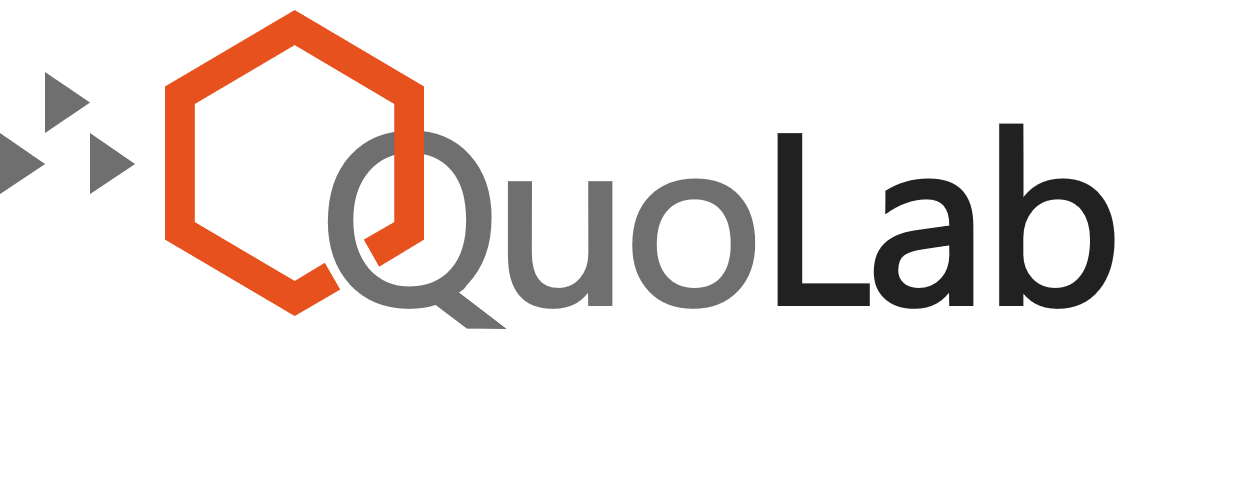Photo Gallery
 |
 |
QuoLab Technologies’ Security Operations Platform


Additional Info
| Company | QuoLab Technologies |
| Company size | 10 - 49 employees |
| Website | https://quolab.com/ |
NOMINATION HIGHLIGHTS
Defense teams are dependent upon the insights delivered by their respective support groups; therefore, efficiently leveraging resources is crucial to delivering a mature security capability. QuoLab’s Security Operations Platform (SOP) enables the collaboration of SME groups, both internal or external to the organization, with the fusion of data sets as well as with dedicated features and applications. This is accomplished through the use of various data streams that are fed into the platform from an extensive library of dedicated connectors and partners. This data is then linked into the platform’s Graph Data Model (GDM), a flexible data storage catalog that showcases the relationships between all relevant data points.
QuoLab supports the analytic process by delivering relevant expertise to users while speeding up analysis and remediation based on consolidated datasets over time. This model is supported by the relationships the defense teams build within their trusted communities in the platform, where collective expertise can be shared among participants to best address their team’s needs.
QuoLab’s case management abilities allow forensics teams to drive a collaborative investigation as expertise translates not only into information but also capability. QuoLab offers a programming interface where experts can support faster analysis and consolidate knowledge into notebooks. Notebooks can then be shared with other experts as well as non-expert teams to reproduce analysis results on different cases or data sets.
Additionally, the platform is also a highly integrated product, adapting to customers’ IT security ecosystems and the unique needs of security operations and forensics teams. Some of the key integrated tools that enable QuoLab to fit all of the needs of a forensics professional include AlienVault, whose Open Threat Exchange (OTX) enables collaborative defense with actionable, community-powered threat data, as well as Intel 471, which provides adversary and malware intelligence for security, fraud and intelligence teams.
How we are different
●For forensics professionals, QuoLab provides a workspace that integrates multiple data feeds within a single, accessible and unified location, allowing them to access and benefit from the insights and investigations of their peers. Defense teams are dependent upon the insights delivered by their respective support groups. Therefore, leveraging resources efficiently is crucial to delivering a mature security posture.
●QuoLab’s platform can be integrated into a customer’s existing IT security ecosystem with ease, serving the unique needs of every SecOps and forensics team. Some of the key integrated tools that enable QuoLab to fit all of the needs of a forensics professional include AlienVault, whose Open Threat Exchange (OTX) enables collaborative defense with actionable, community-powered threat data, as well as Intel 471, which provides adversary and malware intelligence for security, fraud and intelligence teams. The adversary intelligence provided by Intel 471 focuses on infiltrating and maintaining access to closed sources where threat actors collaborate, communicate and plan cyberattacks. These tools allow forensics teams and organizations to collaborate on security cases in a controlled environment where they can manage their data and the way it is leveraged.
●QuoLab offers an incredibly robust consultation along with initial deployment, as well as continued customer support in the area of product use instruction. The company makes itself available through a traditional account service channel for any client, so that it can better assist with troubleshooting feature use, and with stack integration. QuoLab also includes a complete and updated set of documentation (user guide) that comes with every deployed node, which is accessible in the form of a PDF within the product itself.

Vote by Sharing
- Like
- Digg
- Tumblr
- VKontakte
- Buffer
- Love This
- Odnoklassniki
- Meneame
- Blogger
- Amazon
- Yahoo Mail
- Gmail
- AOL
- Newsvine
- HackerNews
- Evernote
- MySpace
- Mail.ru
- Viadeo
- Line
- Comments
- SMS
- Viber
- Telegram
- Subscribe
- Facebook Messenger
- Kakao
- LiveJournal
- Yammer
- Edgar
- Fintel
- Mix
- Instapaper
- Copy Link
Each completed social share counts as a vote for this award nomination.



